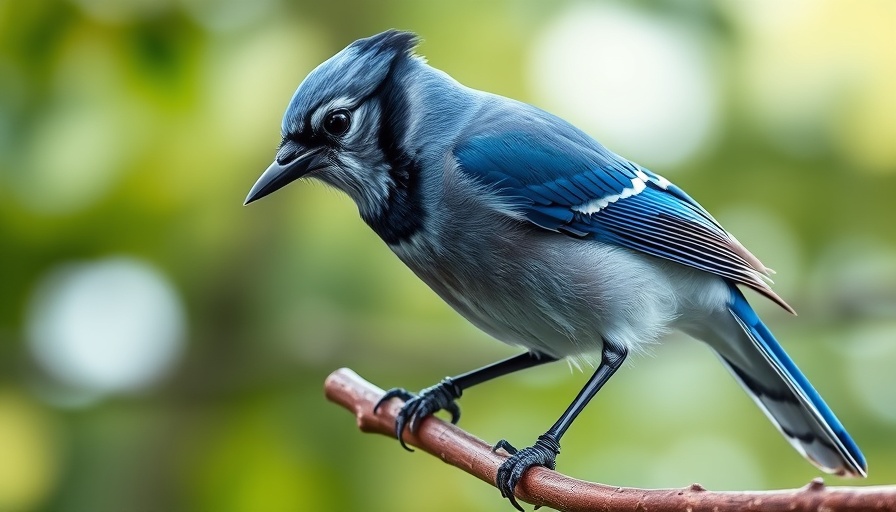
The Impact of Funding Cuts on Avian Health
The recent decision by the Health and Human Services Department to cut millions of dollars in funding for bird flu vaccine development has raised significant concern among public health officials and avian specialists alike. As bird flu continues to pose threats to both animal populations and human health, the cancellation of funds for Moderna's vaccine could hinder progress in combating this potentially deadly virus.
Understanding the Importance of Bird Flu Vaccines
Bird flu, particularly the H5N1 strain, has been notorious for its high mortality rates in both birds and humans. Vaccines play a crucial role in controlling outbreaks, preventing the virus from spreading to poultry and other avian species. With fewer resources allocated to vaccine research and development, the equilibrium between human health security and agricultural vitality is at risk.
Possible Reasons Behind the Cuts
While the Trump administration's rationale for reducing vaccine funding remains partially unclear, it reflects broader themes of budgetary constraints and shifting priorities within public health expenditures. The cutbacks may stem from a focus on immediate health crises, possibly influenced by public perception and political pressure. However, prioritizing short-term savings can lead to long-term health risks and financial implications for the agricultural sector.
Repercussions for Future Vaccine Development
The implications of this funding reduction could resonate through various sectors, including veterinary medicine, poultry farming, and even human healthcare. A delay in vaccine availability increases the likelihood of outbreaks that could have otherwise been prevented. Furthermore, it raises questions about the commitment to public health in the face of emerging diseases.
What This Means for Stakeholders
For those entrenched in avian health and public policy, this funding cut serves as a wake-up call. Stakeholders must advocate for a balanced approach where funding not only responds to current health crises but also invests in preventative measures like vaccine development. Collaboration with health organizations and agricultural entities can foster innovations that fortify defenses against bird flu.
Call to Action
It is vital for the public and policymakers to reassess the funding priorities relating to vaccine research. Continued dialogue and advocacy can help ensure that the necessary resources are allocated to prevent future avian flu outbreaks. Engage with local health officials and community members to raise awareness of the importance of avian health funding.
 Add Row
Add Row  Add
Add 




Write A Comment